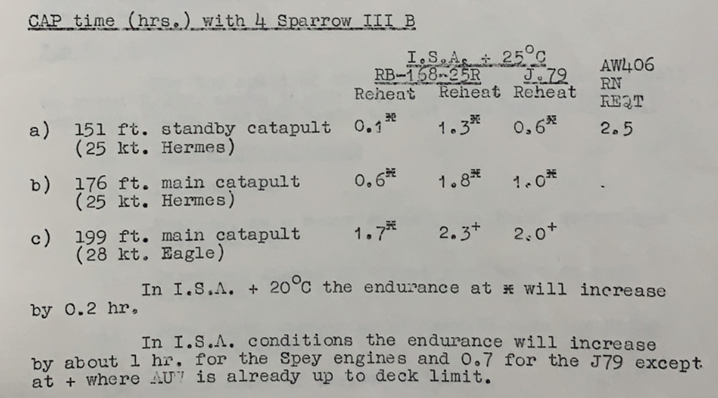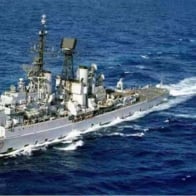Out of interest... What were the material defects that plagued Ark Royal?
built with wartime grade steel... she was a ball of rust waiting to happen at the very least and at the worst prone to early metal fatigue/cracking
There was this comment up thread about Bonaventure.
One of the reasons the RCN's midlife refit on the Bonnie went from roughly 4 million dollars to 17 million was they really opened her up.
And found an incredible amount of corrosion. Apparently the shipyards concept of corrosion management consisted of either a coat of paint over it or walling it up and hoping the Customer never noticed it.
During the fifties and sixties the phrase fine British craftsmanship in shipbuilding became an oxymoron it seems.
Do you know whether
"being a ball of rust waiting to happen" was a problem faced by many British warships that were built with wartime grade steel?
As far as I know Albion, Bulwark, Centaur, Eagle and Hermes didn't have that problem, but as I know next-to-nothing about the subject it could be due to ignorance on my part. Hermes herself was an operational warship into the 2010s and some of the Colossus/Majestic class were in service for several decades.
What started this off was the statement made by Drachinifel in his Dry Dock Episode 198. That is Ark Royal's poor material condition was due to her hull not being preserved properly, when she was laid up after the war, which allowed a lot of water to get into places where it shouldn't, which in turn created a lot of issues that weren't entirely solved.
He attributed Eagle's better material condition to being launched relatively soon after laying down. (So were all but 2 of the British aircraft carriers that were laid down during the war. The exceptions were Ark Royal and Hermes). Eagle was launched 41 months after being laid down while Ark Royal was launched 84 months after being laid down which is twice as long. (Dates are according to Conway's 1922-46.)
However, Hermes was on the stocks for even longer than Ark Royal (104 months). If she did have severe corrosion problems they didn't stop her remaining in service for the thick-end of 60 years (1959-2017 according to Wikipedia). That or she didn't have them in the first place due to her hull being preserved properly and/or her hull had less wartime grade steel in it because she was laid down 14 months after Ark Royal which might have meant that her hull was less complete when she was laid up.
Ark Royal was built by Cammell-Laird, while Hermes was built by Vickers-Armstrong at Barrow-in-Furness. Could that have been a factor in the ships having better quality hulls? Was the latter have been better at preserving hulls than the former? The other Eagle was also being built by Vickers-Armstrong, albeit at their Tyne yard. If Vickers-Armstrong was better at preserving hulls than Cammell-Laird then the other Eagle might not have had the material defects that plagued Ark Royal.

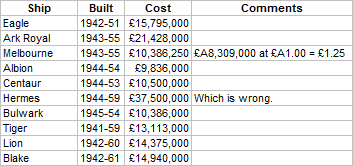
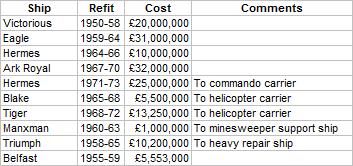

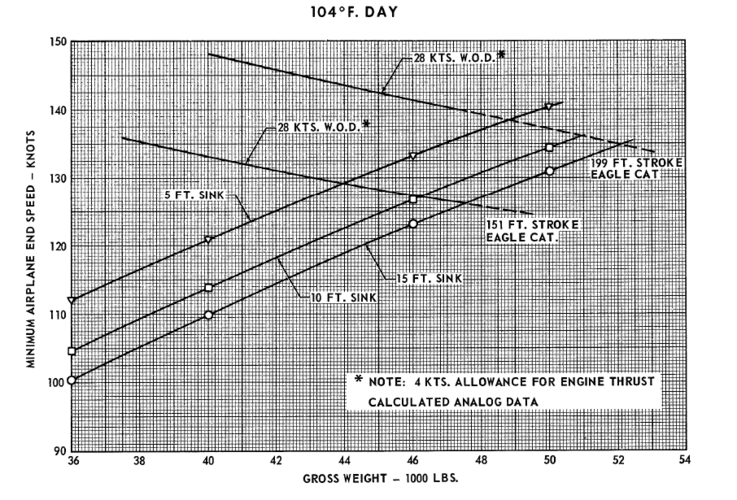
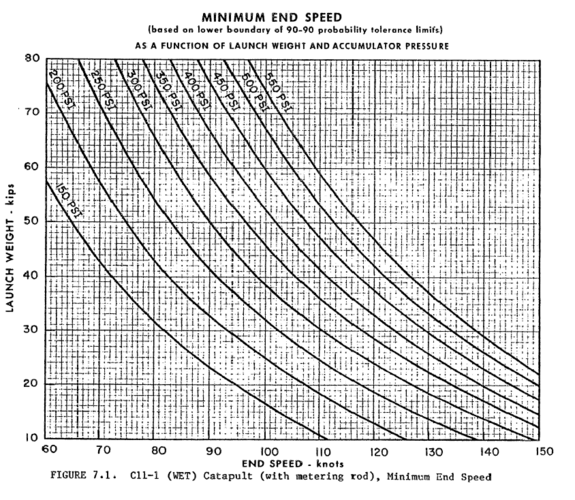
![Screenshot_20221112-094718_Kindle[1].jpg Screenshot_20221112-094718_Kindle[1].jpg](https://www.secretprojects.co.uk/data/attachments/222/222644-7e0c34b84534b01622b4d470cca663ad.jpg)
